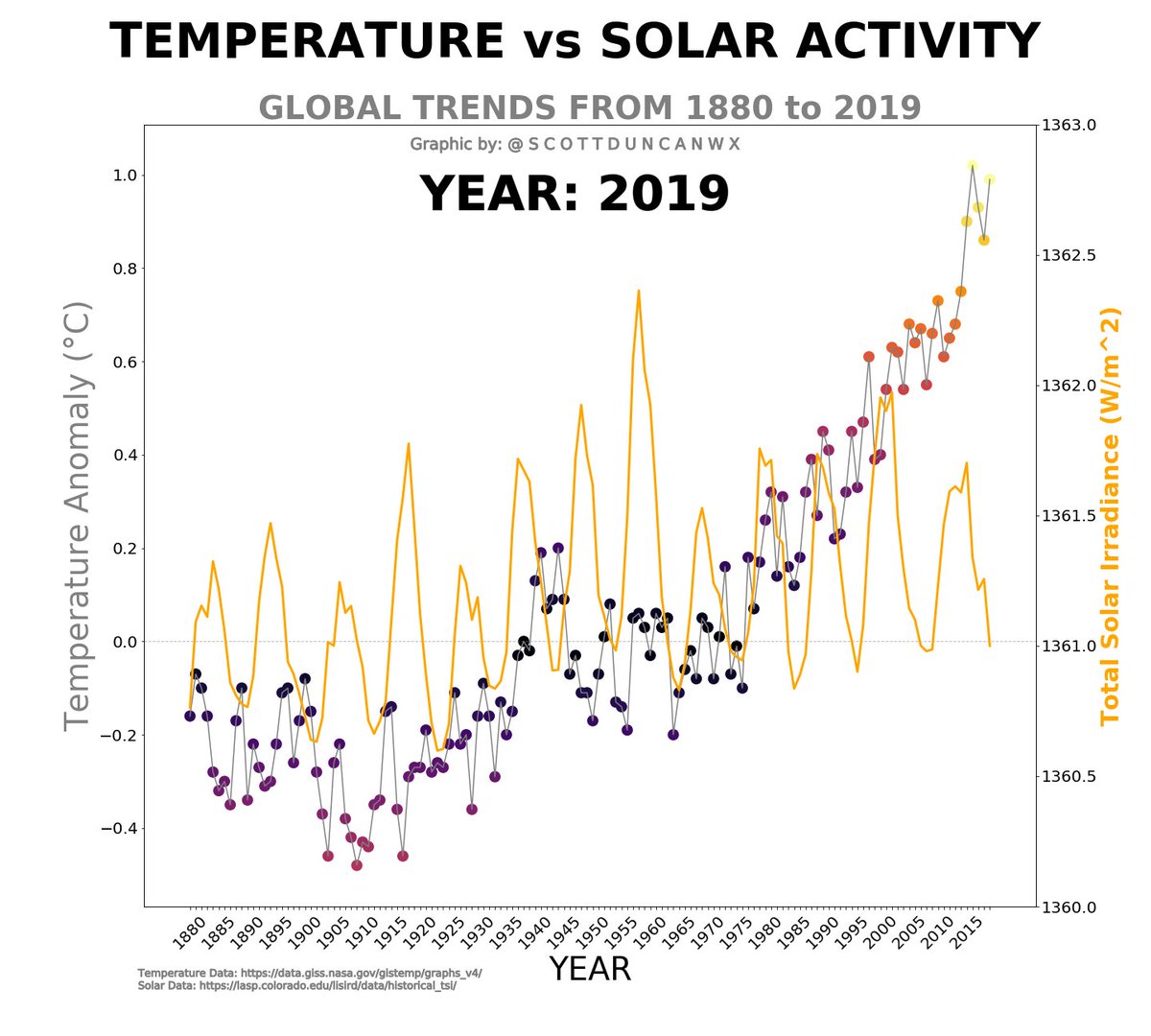
Our planet has just experienced its hottest September on record.
The climate has changed and continues to change.
🔴 = warmer than normal
🔵 = colder than normal
Hotspots: Siberia, Middle East, western USA, parts of South America and Australia.
Data: @CopernicusECMWF
[1/3]
The climate has changed and continues to change.
🔴 = warmer than normal
🔵 = colder than normal
Hotspots: Siberia, Middle East, western USA, parts of South America and Australia.
Data: @CopernicusECMWF
[1/3]
The world in one map...
Really not much blue (colder than normal going on).
Greenland is more like blueland and La Nina becoming evident.
Really not much blue (colder than normal going on).
Greenland is more like blueland and La Nina becoming evident.
Let me know if you want a zoomed map for another part of the world...
Nobody asked for it but wow.
Russian Arctic...
Russian Arctic...
• • •
Missing some Tweet in this thread? You can try to
force a refresh












